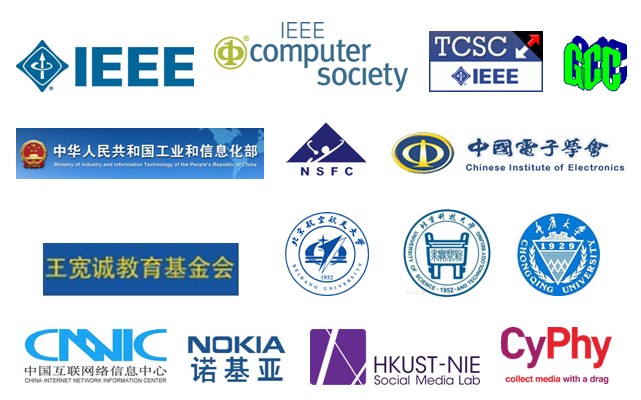The 2013 IEEE International Conference on
Green Computing and Communications (GreenCom 2013)
(2013 IEEE 国际绿色通信与绿色计算大会)
Green Computing and Communications (GreenCom 2013)
(2013 IEEE 国际绿色通信与绿色计算大会)
The 2013 IEEE International Conference on
Cyber, Physical and Social Computing (CPSCom 2013)
(2013 IEEE 国际信息物理社会计算大会)
Cyber, Physical and Social Computing (CPSCom 2013)
(2013 IEEE 国际信息物理社会计算大会)
The 2013 IEEE International Conference on
Internet of Things (iThings 2013)
(2013 IEEE 国际物联网大会)
Internet of Things (iThings 2013)
(2013 IEEE 国际物联网大会)

